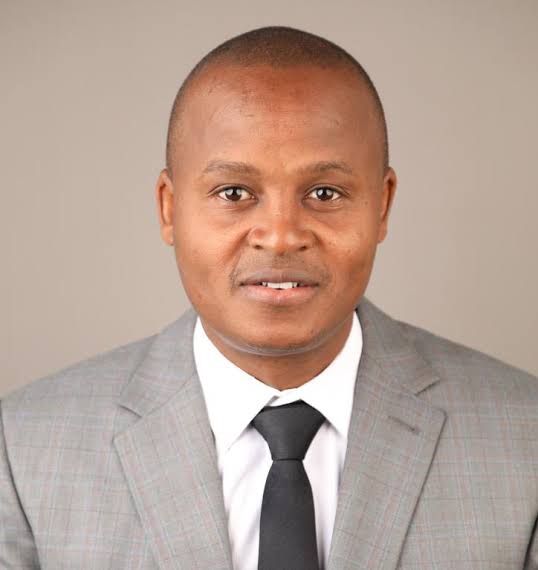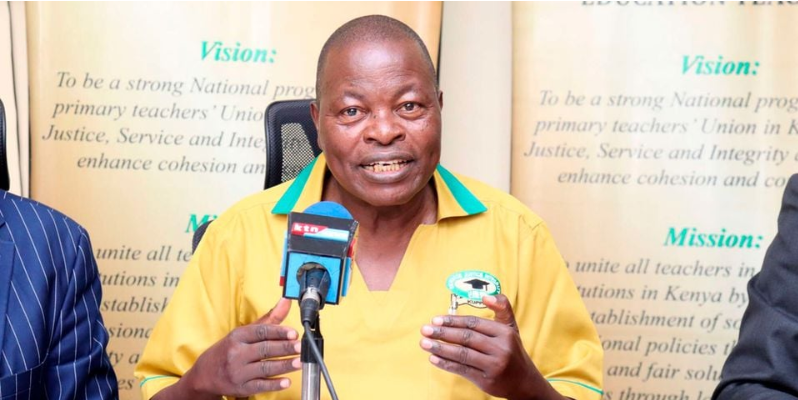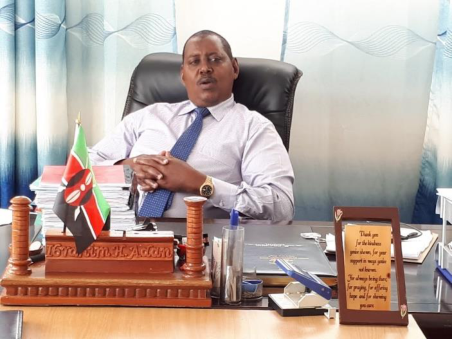The transition to Junior Secondary School (JSS) was meant to be a bold step forward in Kenya’s education reform — a bridge between childhood learning and the complex world of secondary education. Yet, as the new system unfolds, tension and uncertainty have crept into many schools. Teachers are anxious, administrators are overburdened, and learners are often caught in the confusion. If calm is to prevail in JSS, the government must act deliberately and swiftly to restore confidence, order, and direction within the education sector.
Peace in education is not achieved through control or intimidation — it grows from trust, stability, and consistent support. The government holds the key to ensuring that both learners and educators operate in an environment of calm, dignity, and mutual respect.
- Timely Disbursement of Funds
One of the greatest sources of frustration in JSS has been the delay in releasing capitation funds. Many school heads have spent sleepless nights frequenting banks, hoping to find funds that never arrive. Meanwhile, they must feed learners, pay support staff, and keep the institutions running on credit. The government must ensure that funds are released on time and in full. Timely disbursement means that schools can purchase learning materials, handle co-curricular activities, and manage welfare programs without constant financial anxiety. When funds flow smoothly, calm naturally returns to classrooms and staffrooms alike.
- Clear Employment and Deployment of Teachers
Uncertainty about who employs JSS teachers — the Teachers Service Commission (TSC) or the Public Service Commission (PSC) — has caused unnecessary panic. Some teachers feel insecure about their contracts, while others fear redeployment or replacement. The government should clarify employment status and confirm JSS teachers on permanent and pensionable terms. In addition, equitable deployment should ensure every county and school has an adequate number of teachers based on enrollment. Job security and fair workloads will restore calm and motivate teachers to deliver quality education without fear or frustration.
- Adequate Staffing
In some JSSs, only two or three teachers handle multiple subjects across several streams. The result is exhaustion, low morale, and compromised teaching standards. The Ministry of Education must recruit additional teachers and balance distribution across the country. Teaching loads should be realistic to prevent burnout. When teachers are not overworked, they perform better and maintain discipline and focus — essential ingredients for a calm school environment.
- Strengthening Guidance and Counselling
Junior Secondary learners are adolescents, navigating identity, emotions, and peer pressure. Many cases of indiscipline stem from emotional distress, poor parental guidance, or a lack of role models. Each school should therefore have a trained guidance and counselling teacher or professional counselor. The government can support this by offering training programs and providing counseling resources. Emotional stability among learners directly translates into peace within the school.
- Enhancing Infrastructure
Some JSS learners study in makeshift classrooms or share facilities with primary sections, often without science labs or adequate furniture. This creates frustration among both learners and teachers. The government must invest in modern classrooms, laboratories, libraries, and digital learning tools. Counties and communities can be involved through joint development projects. A well-equipped school builds pride, comfort, and calmness among all stakeholders.
- Strengthening Administration and Leadership
Calm in JSS is impossible without competent and empowered administration. Many school heads currently manage both primary and JSS sections, yet their authority over JSS operations remains unclear. The government should clearly define administrative roles, granting full responsibility to heads of institutions over both sections until stand-alone JSSs are established. In addition, distinct management structures — including deputies or senior teachers specifically in charge of JSS — should be created. Leadership training is equally vital. Heads of institutions, deputies, and heads of departments should undergo continuous training in school governance, financial management, and conflict resolution. An empowered and well-trained administrator handles challenges confidently and sets a calm tone for the entire school community.
- Strengthening Boards of Management (BoMs)
Many BoMs were formed with a focus on primary education and do not fully understand JSS operations. The government should reconstitute these boards to include JSS representation — such as curriculum specialists, parents of JSS learners, and local education officers.
READ ALSO:
Kapkitony Mixed in Marakwet West set to get modern Science Lab to enhance STEM learning
A balanced, knowledgeable board ensures informed decisions, accountability, and fairness. Transparent management eliminates suspicion and tension, building peace across all levels of the institution.
- Enhancing Communication and Accountability
Miscommunication breeds chaos. Teachers feel ignored when they are not consulted, and parents lose trust when information is unclear. The Ministry of Education should establish structured communication channels—including regular circulars, digital platforms for reporting, and open feedback systems between schools and sub-county offices. Additionally, schools should practice financial transparency by publishing budget summaries and involving stakeholders in expenditure tracking. When information flows openly, trust grows. And where there is trust, calm follows naturally.
- Promoting Participatory Decision-Making
Effective administrators understand that leadership is not about giving orders but guiding collective wisdom. Including teachers, parents, and student leaders in planning and decision-making builds shared ownership of outcomes. When everyone’s voice is valued, even difficult decisions are accepted peacefully. Participatory governance fosters unity, discipline, and calmness in schools.
- Supporting Professional Development
The Competency-Based Curriculum (CBC) requires new teaching methods, assessment techniques, and classroom management skills. Some JSS teachers, transferred from primary schools, feel unprepared for this transition. The government must offer regular refresher courses and workshops on CBC implementation, adolescent psychology, and ICT integration. Training builds teacher confidence — and confident teachers create calm, productive classrooms.
- Strengthening Security and Discipline
Recent incidents of violence, indiscipline, and hostility toward teachers are worrying. The government should partner with communities to enhance school security through community policing, security guards, and awareness campaigns against violence. Schools should also promote student leadership programs to instill responsibility, respect, and empathy. Discipline maintained through understanding — not fear — creates lasting peace.
- Involving Parents and the Community
No school can be peaceful without parental and community support. Many parents have left moral and disciplinary responsibilities entirely to teachers, who already face immense pressure. The government should encourage active parent–teacher associations (PTAs) and community education forums. When parents participate in guidance, resource mobilization, and decision-making, schools become centers of harmony rather than conflict.
- Monitoring and Mentorship
Government officers should not only visit schools for inspection but also for mentorship and support. Regular monitoring helps identify early signs of conflict or mismanagement and provides guidance before problems escalate. A supportive monitoring culture reassures administrators and teachers that they are not alone in managing the new JSS system.
- Recognition and Motivation
Finally, calm thrives where effort is recognized. Teachers and administrators who go the extra mile should be publicly acknowledged through awards, certificates, or career advancement opportunities. Recognition boosts morale and encourages others to work peacefully and diligently.
Conclusion
Calm in Junior Secondary Schools cannot be enforced — it must be cultivated through fairness, consistency, and collaboration. The government must prioritize timely funding, clear policies, effective administration, professional training, and open communication. When teachers feel valued, administrators are empowered, learners are guided, and parents are involved, peace becomes the natural rhythm of every school day. The calm we seek in JSS will not come from orders written in offices but from thoughtful leadership and mutual respect within our classrooms and communities. The success of JSS depends not only on curriculum reform but also on emotional stability, administrative order, and collective goodwill. Calm schools build confident learners — and confident learners build a strong, united nation.
By Hillary Muhalya
You can also follow our social media pages on Twitter: Education News KE and Facebook: Education News Newspaper for timely updates.
>>> Click here to stay up-to-date with trending regional stories
>>> Click here to read more informed opinions on the country’s education landscape






